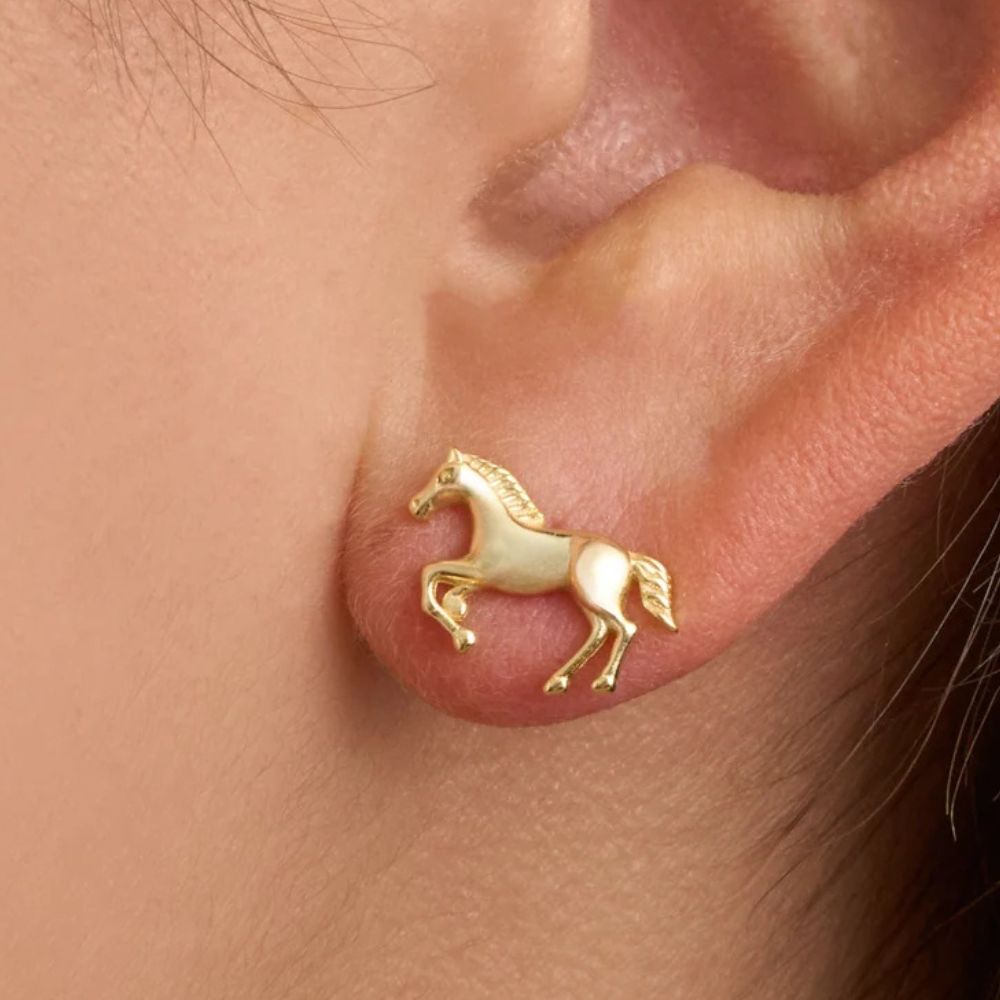
How Long Does Ace Last in Horses? Duration & Effects Explained
There’s something almost magical about watching a high-strung horse settle under the gentle influence of Acepromazine. The way their tense muscles relax, their ears soften, and their breathing evens out—it’s a transformation every equestrian appreciates. But how long does this calming effect last? And what should you expect during that window? Let’s unravel the science and nuance behind Ace’s duration in horses, so you can make informed decisions for your equine partner.
How Long Does Acepromazine Last in Horses?
Acepromazine, commonly called "Ace," typically lasts 4 to 6 hours in horses, though this can vary based on factors like dose, individual metabolism, and the horse’s temperament. Administered via intramuscular injection, Ace starts working within 15 to 30 minutes, peaking at around 1 to 2 hours. Oral doses take slightly longer—about 30 to 60 minutes to take effect—but follow a similar duration.
But let’s be honest: not all horses respond the same way. Some may seem drowsy for just a few hours, while others remain sluggish longer. Age, health, and even breed can influence how a horse processes the drug. For instance, older horses or those with liver issues may metabolize Ace more slowly, extending its effects. And while Ace is fantastic for calming nervous steeds, it’s not a sedative that knocks them out. Instead, it takes the edge off, like a weighted blanket for their nerves.
The Effects of Acepromazine on Horses
Ace’s primary job is to take the panic out of the equation. It doesn’t eliminate pain (that’s what analgesics are for), but it does reduce anxiety, making it a go-to for trailering, vet visits, or farrier work. You might notice:
- Relaxed muscles and reduced resistance to handling
- Drowsiness or lowered head carriage (though some horses remain alert)
- Slight lowering of blood pressure, which is usually harmless but warrants caution in dehydrated or stressed horses
One quirky side effect? Ace can cause penile prolapse in geldings—a startling but generally harmless reaction. And while it’s rare, some horses may react paradoxically, becoming more agitated. Always test a small dose first if your horse has never had Ace.
Factors That Influence Ace’s Duration
Not all horses process Acepromazine on the same timetable. Here’s what can speed it up or slow it down:
1. Dosage Matters
The standard dose is 0.02 to 0.1 mg per kilogram of body weight. A higher dose extends the effects but increases the risk of side effects like ataxia (wobbly legs). More isn’t always better—stick to your vet’s recommendation.
2. Administration Route
Intramuscular injections work fastest, while oral paste takes longer to kick in but lasts about as long. Intravenous Ace has a quicker onset but shorter duration, making it less common for routine use.
3. Individual Variability
A hot-blooded Thoroughbred might metabolize Ace faster than a stoic draft horse. Younger, healthier horses also clear the drug quicker than older ones.
4. Concurrent Medications
If your horse is on other sedatives or painkillers, Ace’s effects might amplify. Always disclose all medications to your vet.
Acepromazine Safety Tips
While Ace is widely used, it’s not without risks. Here’s how to use it wisely:
- Avoid in stallions: The risk of penile prolapse is higher.
- Hydration is key: Ace lowers blood pressure, so ensure your horse is well-hydrated to prevent dizziness.
- Monitor for overheating: Ace can impair thermoregulation—avoid use in extreme heat.
- Never combine with alcohol: Yes, horses shouldn’t drink, but some oral meds contain alcohol, which intensifies sedation.
Alternatives to Acepromazine
If Ace isn’t a fit for your horse, consider:
- Diazepam (Valium): For short-term, intense sedation (e.g., for stiches).
- Xylazine or Detomidine: Stronger sedatives often used for procedures.
- Natural calmers: Magnesium supplements or calming herbs, though effects are milder.
A Final Thought
Using Acepromazine is like handing your horse a cup of chamomile tea—it won’t solve every problem, but it can turn a stressful day into a manageable one. Whether you’re facing a trailering nightmare or a fidgety farrier session, understanding Ace’s timeline helps you plan with confidence.
And isn’t that what we all want? A partnership where both horse and human feel safe, understood, and ready for whatever comes next. So next time you reach for that syringe or paste tube, you’ll know exactly what to expect—and so will your horse.





















